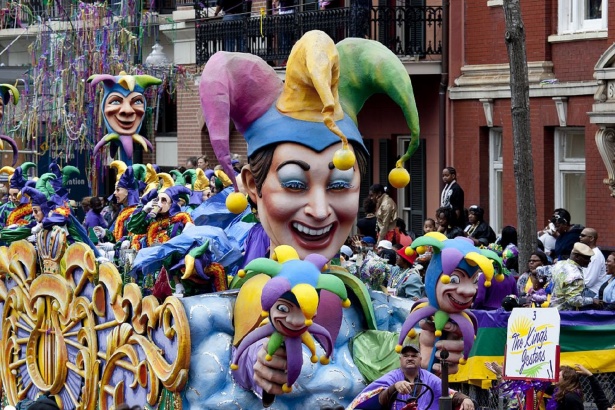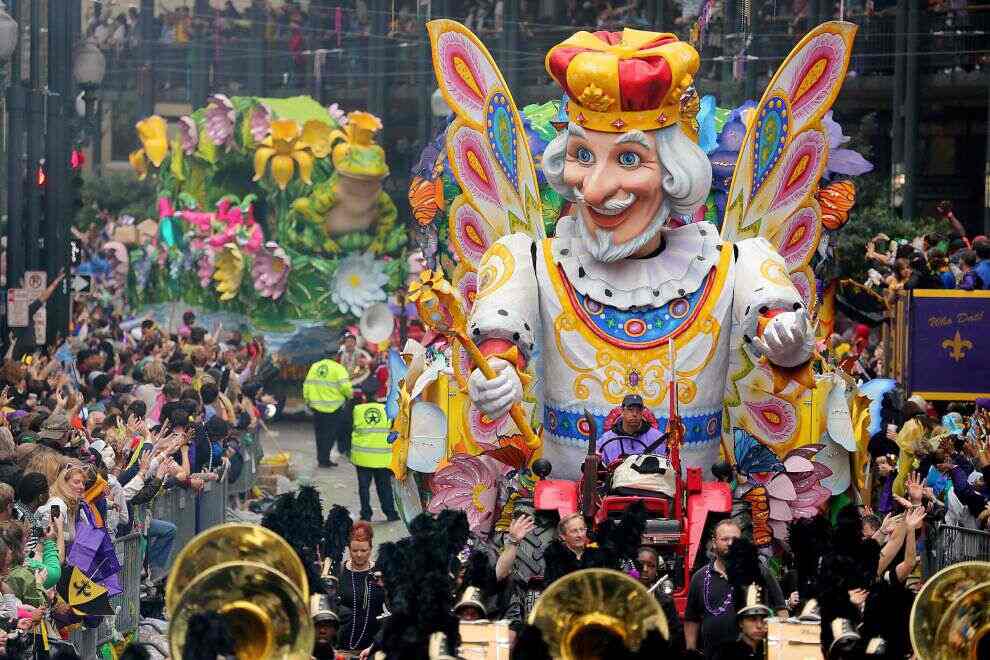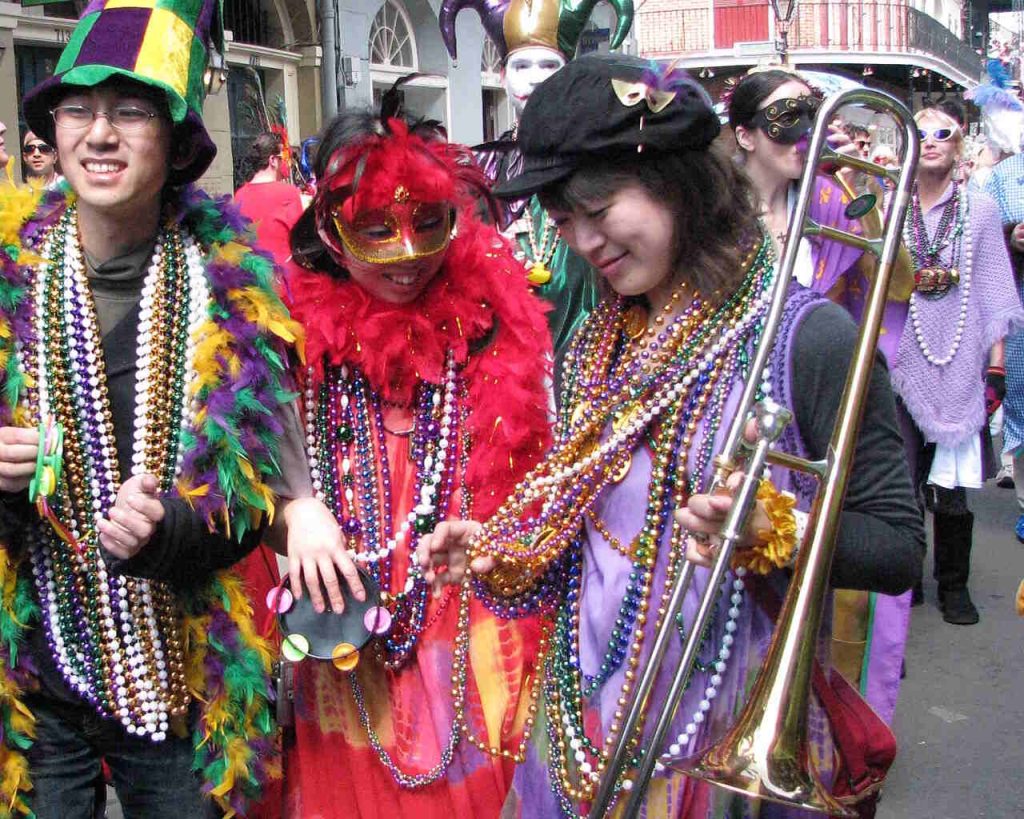
Imagine streets filled with music, colorful beads flying through the air, and people in vibrant costumes dancing and celebrating. That’s Mardi Gras in New Orleans! But have you ever wondered why this amazing celebration happens there every year? Let’s take a closer look.
Table of Contents
ToggleWhat is Mardi Gras?
First, let’s start with what Mardi Gras actually means. The phrase “Mardi Gras” is French for “Fat Tuesday.” It’s a day that marks the final big celebration before the Christian season of Lent, which is a time of fasting and reflection leading up to Easter. Traditionally, people would enjoy rich, fatty foods and have fun before giving up luxuries for Lent.
How Did Mardi Gras Start in New Orleans?
Mardi Gras has deep roots in history, going all the way back to Europe. When French explorers came to the area that is now Louisiana in the 1700s, they brought their Mardi Gras traditions with them.
New Orleans became a French colony in 1718, and soon after, Mardi Gras celebrations began. At first, these were small, private parties. Over time, the festivities grew bigger, with public parades, masks, and costumes becoming part of the tradition. The influence of French culture in New Orleans is a big reason why Mardi Gras became such an important event there.

Why is Mardi Gras So Special in New Orleans?
New Orleans is known for its rich mix of cultures, and this diversity has shaped how Mardi Gras is celebrated. French, Spanish, African, and Caribbean influences have all played a part in creating the unique flavor of Mardi Gras in New Orleans.
Here are some reasons why it’s so special:
- The Music: New Orleans is famous for jazz, and during Mardi Gras, the streets come alive with music. Marching bands and live performances are a huge part of the celebration.
- The Parades: Extravagant floats, beads, and costumes are at the heart of Mardi Gras. Groups called “krewes” organize these parades and work all year to make them spectacular.
- The Community Spirit: Mardi Gras isn’t just for tourists—it’s a time for locals to come together, celebrate their culture, and have fun.

What’s the Meaning Behind the Masks and Beads?
Masks are a big part of Mardi Gras because, in the early days, they allowed people from all walks of life to mingle and celebrate without worrying about class or status. Today, masks are worn for fun, but they still carry that spirit of equality.
Beads, coins, and other “throws” are tossed from floats during the parades. These are symbols of the generosity and excitement of Mardi Gras. Catching beads has become one of the most famous parts of the celebration!
Why New Orleans?
New Orleans is the birthplace of Mardi Gras in America, and its unique culture makes it the perfect place for the celebration. The city’s French and Creole heritage, love of music, and vibrant energy all come together to make Mardi Gras unlike anything else in the world.
Final Thoughts
Mardi Gras in New Orleans is more than just a party—it’s a tradition that reflects the city’s history, culture, and spirit. It’s a time for people to come together, enjoy life, and celebrate the diversity that makes New Orleans so special.
So, the next time you hear about Mardi Gras, remember it’s not just about beads and parades. It’s about honoring a rich history, sharing joy with others, and keeping a centuries-old tradition alive in one of the most unique cities in the world.